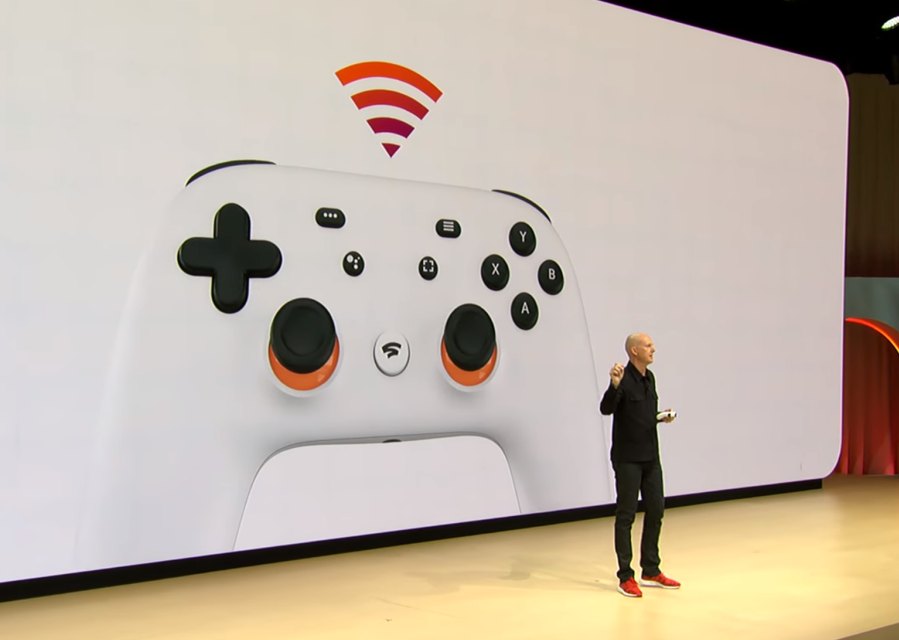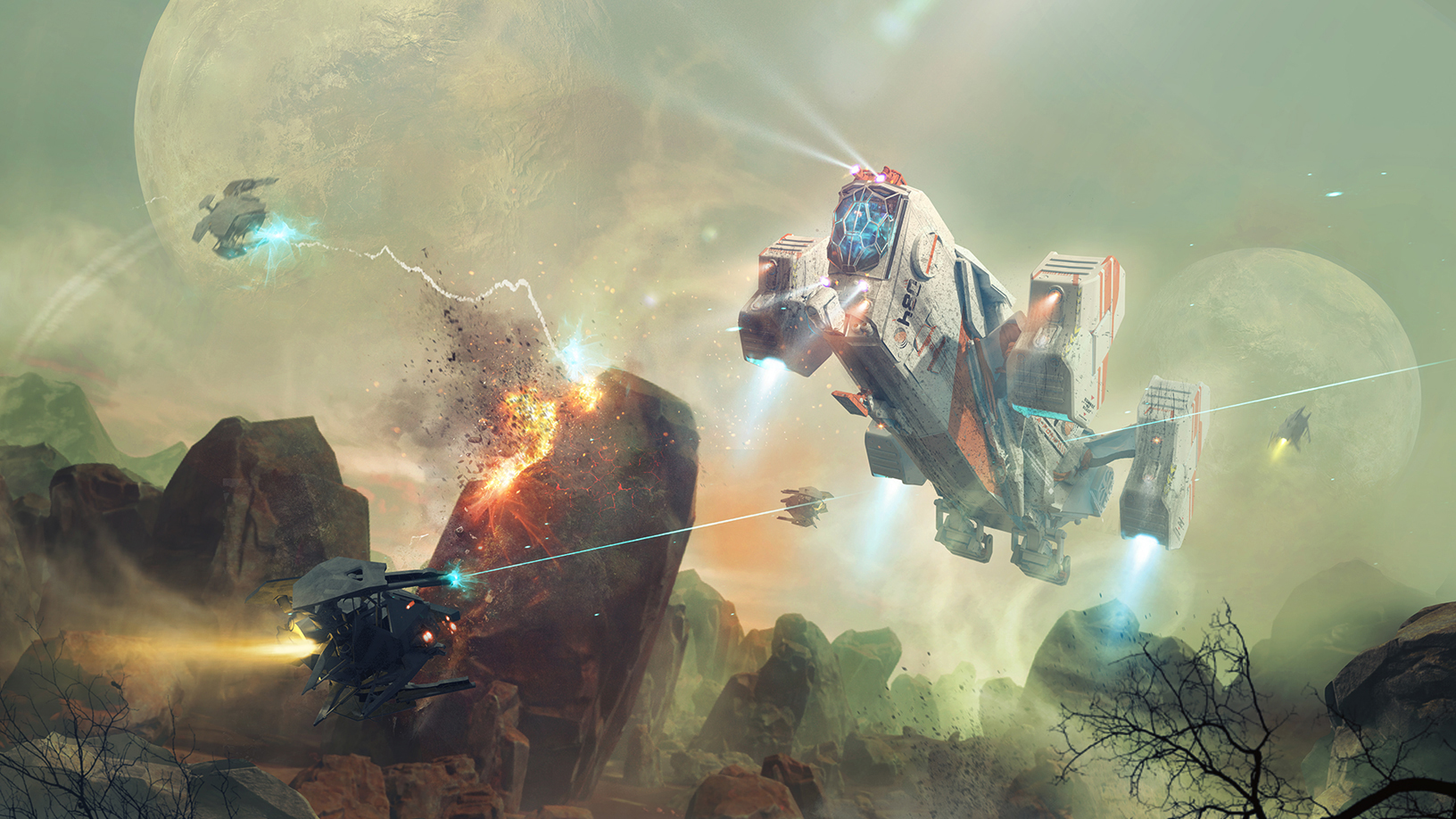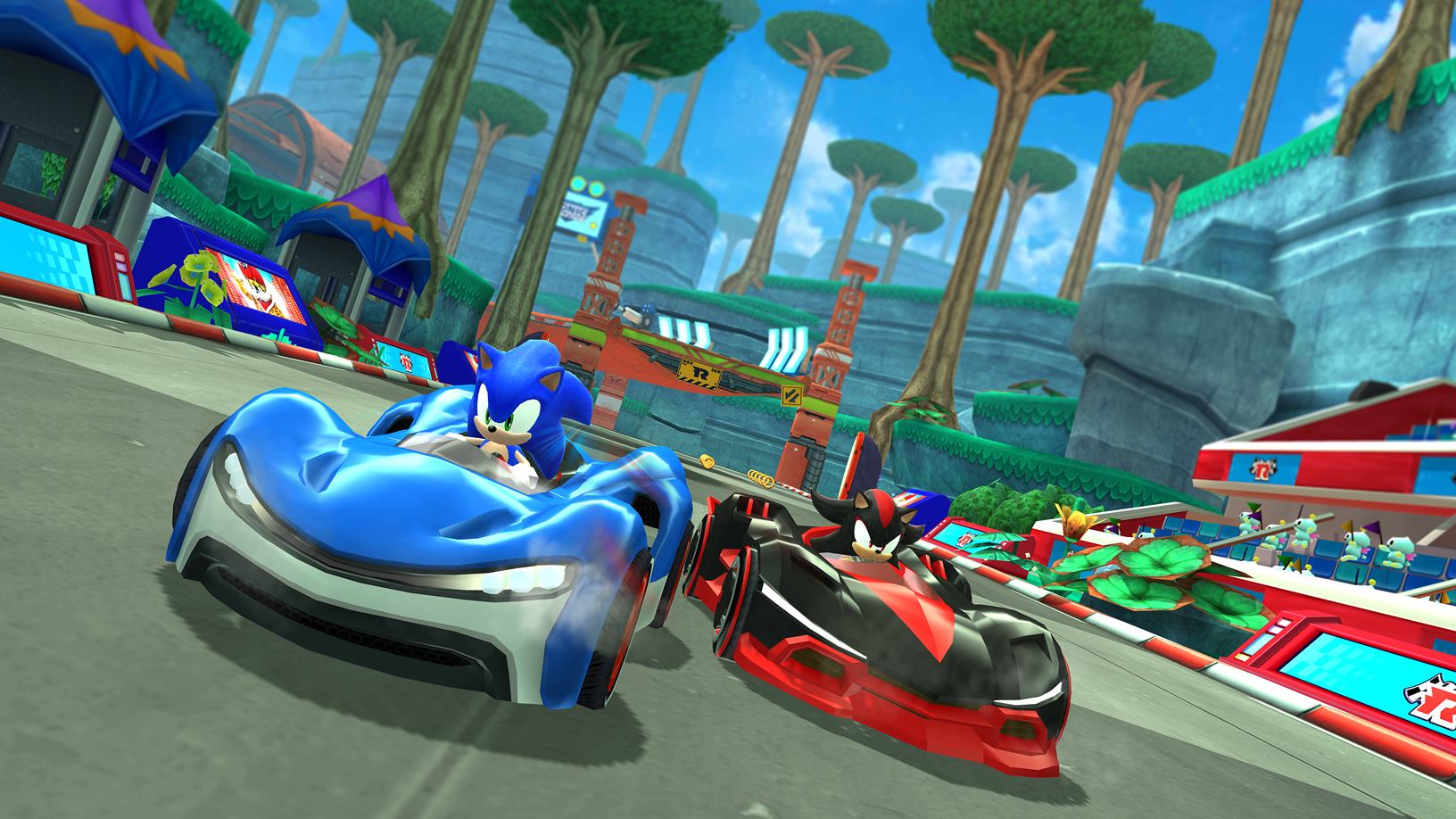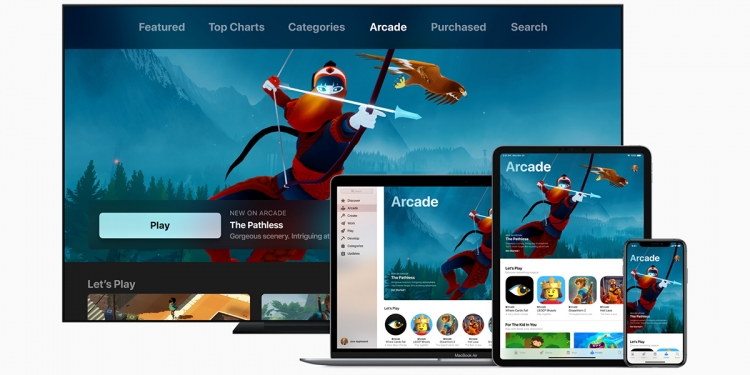Google Stadia announced during its recent Stadia Connect live stream that the Stadia will be launched in November, with pre-orders for the ‘Founder’s Edition’ available for US$129 (about RM536)—subscription fees will be $9.99 (about RM41) following that. A free-to-use package will be available sometime in 2020.
Google has also told the Verge that users can expect to pay similar retail prices for individual games as platforms such as Steam, Xbox Live, and Playstation Network, as opposed to renting titles.

However, there haven’t been many details on the upcoming Apple Arcade as of yet, although Apple revealed at the WWDC 2019 that the game service will be coming this year.
A calculated guess would be that more details on the Apple Arcade will be revealed during the expected iPhone 11 launch event in September, after Apple said its gaming subscription service will be launched sometime between September and November).
So for 2020, which gaming subscription service should get your wallet’s attention? It depends on a number of factors, really. The strength of your internet connection, the kind of devices you use on a daily basis, and personal preference, amongst other things.
Here’s a comparison between Google Stadia and Apple Arcade.
Pricing
Here’s where things are still a little murky. As mentioned, Google’s pricing strategy will be more similar to digital store platforms (such as Steam), while Apple’s subscription-based service will not contain in-app purchases.
What we do know is that we can only expect a free-to-use variant of the Google Stadia sometime in 2020, with pre-orders for the US$129 ‘Founder’s Edition’ the first chance to get a leg in the door.
Apple hasn’t revealed its pricing for the Apple Arcade yet, so no details on that other than that it will charge a fixed monthly fee. However, it’s safe to assume that a regular user of the Google Stadia will probably have to spend more on the platform if you include prices of individual titles.
How it works
While many expected both game services to be the gaming world’s answer to Netflix, details revealed on the Google Stadia proved that to be untrue. You’ll still have access to a certain number of games that come with the subscription (only Destiny 2 for now), but you won’t have access to the entire game library for a fixed monthly fee, like the Apple Arcade.

Its pricing system isn’t just only different in the way that the game services work. The Apple Arcade’s games will be available to download and play offline on your device—perfect for those of us that live in regions with inconsistent internet connections.
However, Google Stadia will be an entirely cloud-based gaming service. This means that you’ll be able to play games without downloading them, purely from the cloud. This also means that you won’t really require supposed premium devices to run games on Google Stadia, as evidenced by the exclusive mobile access that Google has given to its Pixel 3 and, markedly, Pixel 3a devices for now.
Compatible devices
It’s no surprise that Apple Arcade will only run on Apple devices; the iPhone, iPad, Apple TV, and Mac. Given the limited number of devices supported, you can expect Apple Arcade to run pretty well on any supported device with required specifications—developers will only have to worry about iPhones, iPads, Apple TVs, and Macs.
For Google Stadia, streaming games will be available on any device with a Chrome browser, Chromecast Ultra, and on Pixel 3 and Pixel 3a smartphones (for now). Google has confirmed plans to expand compatibility to other devices on the market in the future but has not elaborate on what devices will be supported.
For lean-back gaming on large screens, Google Stadia will require the US$70 (about RM290) Google Stadia controller. The controller connects to the internet via Wi-Fi. The controller will also feature a dedicated Google Assistant button along with the ability to share gameplay to social media sites like Youtube. But a dedicated controller just to be able to play games on Google Stadia can be seen as a significant entry barrier for casual gamers, which is a market the service is looking to capture.
Apple, on the other hand, will support the Xbox One S and Sony DualShock 4 controllers for Apple TV, iOS, and iPadOS.
This was confirmed by Sony in a tweet that the DualShock 4 will also be supported, while both controllers were listed as compatible devices in official posts on iOS 13 and iPadOS. Support for the Apple TV, meanwhile, was announced during the WWDC 2019 to be coming with the new tvOS update.
Update from today’s #WWDC: official DualShock 4 support will be coming to iOS, iPadOS, and tvOS this fall. We’ll keep you posted! pic.twitter.com/yqrd9Yx2vq
— PlayStation (@PlayStation) June 4, 2019
In other words, the Apple Arcade will support the latest PlayStation and Xbox controllers. This is ultimately good news for gamers—those of us who already own either console will appreciate the ability to transition over to gaming on the Apple Arcade with a familiar (and very playable) game controller in hand.
Pretty neat.
What kind of games will we see?
If you’re deciding between the two for the future, the selection of games between both gaming services will vary. While the Google Stadia will support a variety of AAA and other titles, the Apple Arcade’s game library will be filled with titles that are exclusive to the platform (read: indie games).
Given that Apple’s games will run exclusively on Apple devices as well, it seems that the Apple Arcade will suit users that prefer light-gaming, while Google’s confirmed titles so far (including Assassin’s Creed Odyssey, Destiny 2, and NBA 2K) will seemingly suit more serious gamers who are used to console/PC gaming.
However, it’s worth noting that gamers that are used to gaming on their gaming rigs or consoles may not be the target market for the Stadia.
In addition to paying subscription fees and/or purchasing the official controller for Stadia (US$69, about RM286), power-hungry games will probably still run better on consoles/PC rigs.
Instead, it could be argued that Google’s unique offering here is that the Stadia will provide a good balance for the casual gamer that still wants access (on any device with a Chrome browser, among others) to iconic AAA titles, without having to invest in a more expensive console or PC rig.
Google is working with Ubisoft and other game developers right now, but here is a list of the confirmed games that the Google Stadia will support, so far.
Apple’s games will be exclusive to Apple Arcade, and will include titles from Sega, Konami, Lego, Bossa Studios, and other indie game-makers. The game library will contain over a hundred unique titles, with the collection to be updated monthly. You can check out a partial list of confirmed games here.

Reports suggest that Apple could spend up to US$500 million on the Arcade service, and its huge library of unique titles will form a large part of this expenditure. They have also stated that they will be looking into contributing towards game developers’ costs for the platform.
So, to download or to stream?
As I mentioned earlier, it really depends on you. Until both services are fully launched and in operation, everything up till this point is hearsay. However, some rough guesses would be that the Apple Arcade will suit gamers that don’t have great internet connections.
The Google Stadia, on the other hand, will suit those that have a great connection in the region, while also offering a large degree of flexibility with its support for nearly all devices running Google’s Chrome browser as well as expected support for more mobile devices.
Personally, I would opt for the Google Stadia over the Apple Arcade for one main reason—support on most devices running Google Chrome. In addition to that, the ability to stream games and not worry about storage and hardware limitations is also a plus point for me.
As someone who also prefers more mainstream titles that are available across multiple platforms (unlike the Arcade’s exclusive game library), the Google Stadia also ticks the boxes for me with games like NBA 2K and Destiny 2.
What do you think? Let us know in the comments below.








